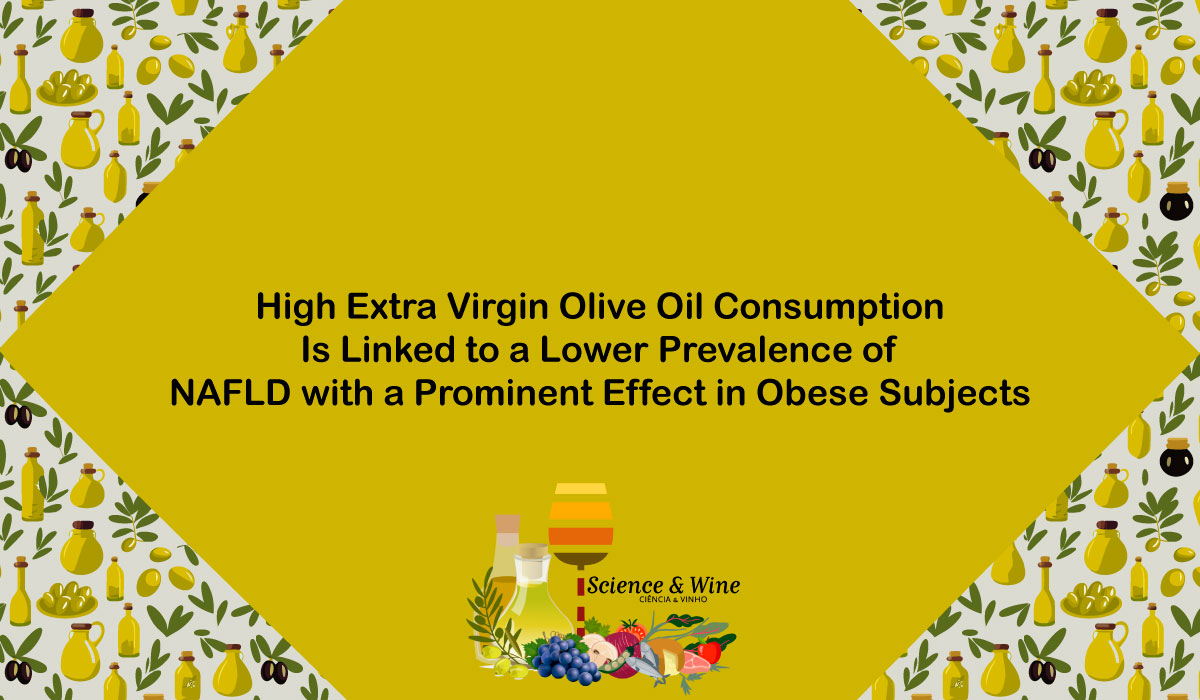Introduction
The incidence of non-alcoholic fatty liver disease (NAFLD) has been rising globally, linked to increasing obesity rates [1]. Excessive caloric intake and sedentary lifestyles are major contributors to NAFLD, which, if not properly treated, can evolve into a more severe condition, such as non-alcoholic steatohepatitis (NASH), characterized by necroinflammation and faster fibrosis [2]. The only therapeutic approaches are lifestyle modification and weight loss, which consistently reduce liver steatosis and fibrosis [3,4,5]. However, emerging evidence underscores the importance of dietary composition related to NAFLD. The Mediterranean diet (MD) is considered the diet of choice for treating NAFLD as recommended by EASL–EASD–EASO guidelines [6,7,8]. Moreover, several studies have demonstrated that certain components of the diet can either promote or inhibit the progression of NAFLD. Foods rich in refined carbohydrates, fructose, saturated fatty acids, and trans fatty acids have been associated with liver steatosis and inflammation, exacerbating NAFLD [9,10]. Conversely, monounsaturated fatty acids, omega-3 polyunsaturated fatty acids, and dietary fibers have been found to inhibit liver fat accumulation by reducing the process of de novo hepatic lipogenesis [11,12,13]. The role of monounsaturated fat intake in NAFLD is still controversial, with conflicting results in different studies. Some studies suggest a beneficial effect of foods rich in monounsaturated fats, like olive oil, on reducing liver fat and inflammation [14,15,16]. In contrast, others report a potentially detrimental effect that might be due to an impairment of hepatic mitochondrial fatty acid oxidation that is influenced by energy metabolism and body composition [17,18]. The purpose of this study was to assess whether an increase in extra virgin olive oil consumption is associated with a lower prevalence of NAFLD with a possible differential effect by body weight, independently from other food intake, and multiple sociodemographic and metabolic risk factors in a prospective cohort living in a Mediterranean country.

The MICOL Study
Outcome, Clinical, and Dietary Data


